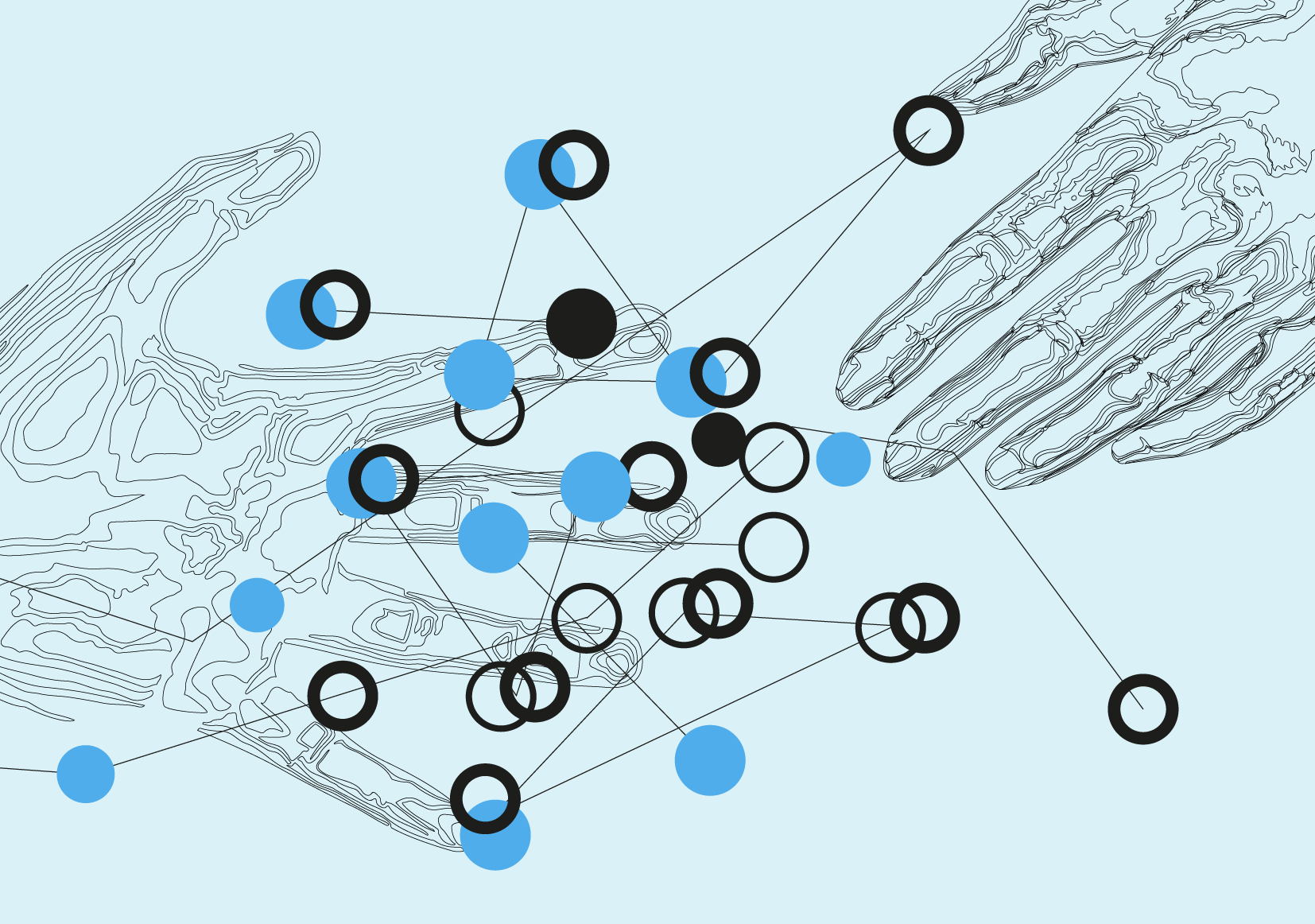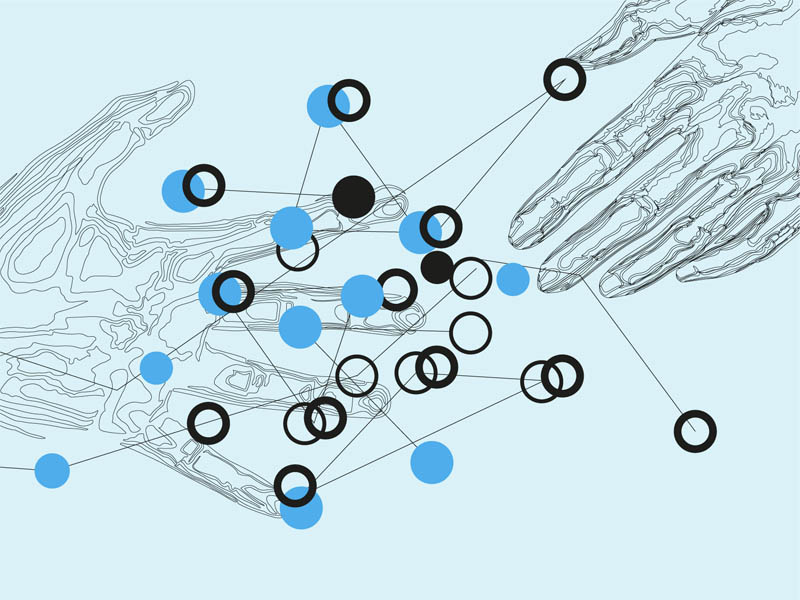What Is Iterative Design And How Is It Important

What Is Iterative Design?
Iterative design is a design technique deeply rooted in discussions involving creating inspiring digital experiences. It’s a powerful and increasingly common method for developing websites and apps, and it’s at the core of current ideas on enhancing digital marketing.
So what exactly is it?
Iterative design is a methodology that positions your digital experience as a living project that you can regularly tweak and improve upon as time goes by, rather than developing it in a single effort and being done with it for good.
Think of it as a continuous process of prototyping, testing, and making adjustments and refinements to an initial design. Whether you’re developing software, designing a website, or refining a recipe, you probably need to rely on an iterative process.
The Iterative Design Process
An iterative process is an approach that designers and developers use to constantly improve a design or a product. The process initially involves creating a prototype and then testing it.
After testing, designers may realize that the design is not exactly what they intended to create, but at least they have an idea of what to add and what flaws to correct. The developer can then tweak and once again test the revised prototype. This cycle can be repeated until they reach the desired end product.
The process can also be used to continuously improve a concept, design, software system, or product. Take an example of Apple products. Using an iterative approach, these products are repeatedly upgraded with new features, minus some of the problems of previous versions.
Iterative Process Model Utility
The iterative process model is a cyclical process in which you make and test incremental adjustments. The model is popular in technology, software development, website design, and project management. Let us see how various fields make use of the iterative process model:
Website Wikis
Wiki websites allow users to aggregate, update, or improve on content. A good example is Wikipedia, which relies on user-generated content. It enables reviewers to add relevant information or delete content that is outdated or no longer practical. A wikimend is never-ending. In the iterative process model, the site continually evolves, providing new and timely information.
Computer Interfaces
Early computers posed a big usability challenge to consumers. Using the iterative process model, designers adjusted the interface based on user feedback and released an updated version, then another, and the refinement process continues even today. The process of improving usability now extends to a range of mobile devices and smartphones.
Project Management
The iterative approach helps project managers handle the uncertainty inherent in many projects. Unlike The Waterfall Methodology, the Iterative approach assumes that all requirements and business needs can be identified and addressed before the project starts, an iterative model assumes that user expectations and business needs will change during the project development timeframe. The unpredictable nature of projects and user requirements makes the process even more appealing, so you are not caught out of trend.
Significance of Iterative Design
Iterative design is widely becoming a preferred way of designing websites and developing programs. This is due to a wide range of benefits that developers get to reap from using the process. Let us handle the importance of this methodology.
Robust User Feedback
One of the major benefits of iterative design is that, by its nature, it involves a lot of user testing.
All this testing amounts to what is essentially a huge resource of user feedback that developers can use to improve their websites’ design, usability and, ultimately, the overall customer experience.
User testing and feedback can help you understand which elements of your site are functional and which ones aren’t. It can also help you find the root cause of problems you may know exist, but not know why they do.
User testing can be very helpful with that. Because end users are typically involved much earlier in the process, you’re more likely to create an end product that they actually find useful.
Greater Efficiency
Iterative design and prototyping are more efficient than traditional design processes because creating new designs and prototypes is faster and simpler. The initial design process only lasts a few days to a few weeks depending on the complexity of the design.
The first goal is usually to get a working prototype of the design as quickly as possible. After that, the designers can identify and fix potential mechanical problems, material challenges, and other details that can’t be foreseen easily during the design stage.
Engineers spend more time in total on the design when they use an iterative design process compared to a traditional one, leading to the development of an efficient and user-friendly design.
Cost-effective
Given all the testing and continuous improvement, an iterative design might sound costly and time-consuming. But it’s more cost-efficient in a significant way.
Since you fix and improve as you go, you avoid falling into a situation where you have to do a large, costly overhaul of your website while your design is already on the market. Instead, iterative design helps you stay on top of changes that need to be made as they come up. Mostly, these changes come with lesser costs because not so much has to be changed.
Fewer Redesigns
It is natural to get paced out and have to change product designs. However, a full redesign significantly slows your product development process down. Iterative design helps prevent this by encouraging designers and engineers to iron out serious flaws in the design as early as possible.
The cycle of prototyping, testing, and refining is great for raising a red flag for any potential problems early on in the design process, rather than at the very end. This saves you the stress of redesigning your product many times after you have already released it.
Iterative design is a powerful tool to have in your design arsenal. By approaching your website or program as a living and evolving project rather than something static, you can consistently improve upon it.
This article was first published in November 2021
